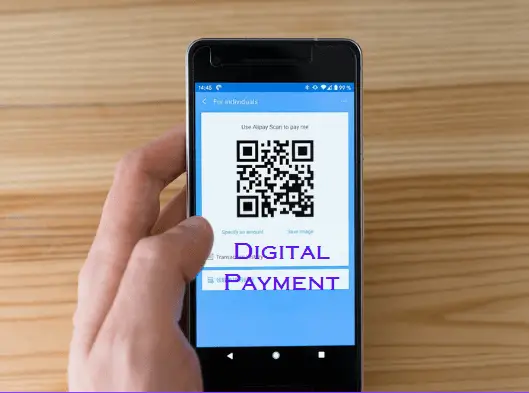Bridging the Gap: How FinTech is Empowering Underserved Communities
Bridging the Gap: How FinTech is Empowering Underserved Communities
Financial inclusion, ensuring everyone has access to essential financial services, remains a critical global challenge. While traditional banks often overlook or exclude underserved communities, FinTech (financial technology) is emerging as a powerful force in bridging this gap.

What is FinTech?
FinTechencompasses a wide range of technology-driven financial innovations, from mobile banking and digital payments to alternative lending platforms and robo-advisors. These innovations aim to make financial services more accessible, affordable, and user-friendly for everyone, regardless of location, income level, or credit history.
Why is Financial Inclusion Important?
Access to financial services, including savings accounts, loans, and insurance, is crucial for individuals and communities to participate in the economy, build wealth, and manage financial risks. Without access to these services, people are more vulnerable to exploitation, poverty, and economic uncertainty.
Challenges Faced by Underserved Communities:
Several factors contribute to the exclusion of underserved communities from traditional financial systems:
- Geographic barriers: Remote areas may lack physical bank branches, making access to traditional banking services difficult or impossible.
Limited documentation: Many individuals in underserved communities lack formal identification documents, hindering their ability to open bank accounts or access credit.
High fees: Traditional financial institutions often impose high fees and minimum balance requirements, which can be prohibitive for low-income individuals.
Lack of financial literacy: Limited understanding of financial products and services can make people vulnerable to predatory practices and hinder their ability to make informed financial decisions.
How is FinTech Bridging the Gap?
FinTech offers innovative solutions that address the specific challenges faced by underserved communities:
- Mobile Banking and Payments: By leveraging mobile phone technology, FinTech companies provide convenient and affordable access to financial services without the need for physical branches. This empowers individuals in remote areas or with limited mobility to access their finances and conduct transactions easily.
Alternative Lending Platforms: FinTech platforms utilize alternative data sources, such as mobile phone usage patterns and digital footprints, to assess creditworthiness. This opens doors for individuals with limited credit history or those excluded from traditional credit systems to access loans for starting businesses, covering emergencies, or improving their livelihoods.
Microfinance and Peer-to-Peer Lending: FinTech facilitates microfinance, providing small loans to low-income individuals and entrepreneurs. Additionally, peer-to-peer lending platforms connect borrowers with individual lenders, offering more flexible and potentially lower-cost loan options.
Financial Literacy Tools: Many FinTech companies offer educational resources and tools to help individuals improve their financial literacy and make informed financial decisions. These resources can be crucial for individuals unfamiliar with complex financial concepts and navigating the financial landscape.
Recent Developments in FinTech and Financial Inclusion:
- Focus on Financial Health: The focus is shifting from simply providing access to financial services to promoting holistic financial health. This includes tools and resources to help individuals manage budgeting, savings, and debt, leading to improved financial well-being.
Collaboration between FinTech and Traditional Institutions: Collaboration between FinTech companies and traditional financial institutions is creating hybrid solutions that leverage the strengths of both sectors to reach underserved communities.
Regulatory Innovation: Regulators are exploring ways to encourage responsible FinTech innovation while safeguarding consumers, particularly those vulnerable to predatory practices.
While FinTech holds immense potential, it’s crucial to acknowledge challenges:
1. Digital Divide: Lack of access to smartphones or internet connectivity can limit the reach of FinTech solutions. Addressing the digital divide remains critical for inclusive access.
2.Cybersecurity Concerns: Protecting sensitive financial data from cyber threats is paramount, especially for vulnerable populations who may be less familiar with online security measures.
3.Data Privacy: Ensuring responsible data collection and usage practices is crucial to build trust and prevent exploitation.
Conclusion:
FinTech offers a powerful tool for bridging the financial inclusion gap and empowering underserved communities. By understanding the challenges, leveraging the potential of innovative solutions, addressing remaining obstacles, and fostering collaboration, FinTech can create a more inclusive and equitable financial landscape for all.
Remember, financial inclusion is a continuous journey requiring ongoing efforts and collaboration to ensure everyone has the opportunity to participate in and benefit from the financial system.







Leave a Reply